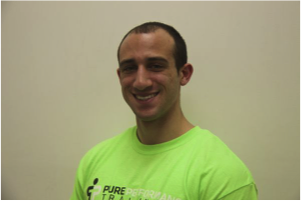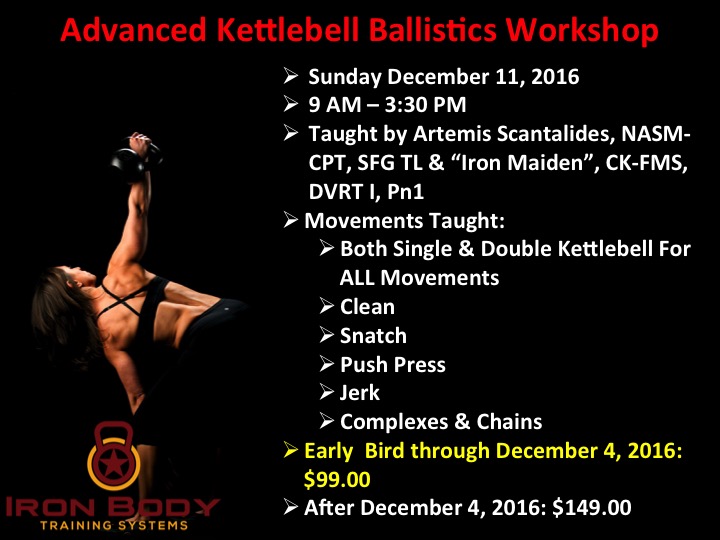I turn 40 today.

On this day back in 1976 Megatron and Optimus Prime collided and the energy from that impact formed into a solid state mass who liked deadlifts, EDM, original 90210 episodes, and would grow into someone with an uncanny ability to never be able to tie a tie correctly. I don’t even know if that description is scientifically correct, but I don’t care. It sounds awesome, so lets roll with it.
Admittedly I’ve never been a big Birthday person. Throughout my life I’ve seen it as “just another day” and no big deal. I’m definitely not someone who takes the mentality that their b-day serves as an open invitation to be a Johnny Raincloud. “Aww, poor me, I’m one year older, feed me a quesadilla with extra guacamole and depression.”
On the flip side, nor am I someone who feels the need to profess this day to the world. I mean, granted, my day of birth ranks right up there with the most important days in human history:
- The day Aristotle suggested the Earth was round and not flat after seeing the circular shadow it made on the moon. #mindfuck.
- D-Day.
- Man walking on the moon.
- Martin Luther King’s famous “I have a dream” speech.
- The episode of Party of Five where Bailey was given an intervention for drinking too much.
However in the grand scheme of things, millions of other people celebrate their Birthday today too. I’m talking to you Bo Jackson.
All that said, today I wanted to have a little fun with my blog and jot down a few random facts (about me of course), insights, words of advice (life, fitness, business), and tidbits of tomfoolery. 40 of them in fact.
Enjoy.
1. My Fitness Inspiration Wasn’t Arnold.
Most guys my age will point towards Arnold Schwarzenegger (and roughly 212 viewings, each, of Predator, Commando, and Conan the Barbarian) as their initial foray into fitness.
Not me.
Mine was watching Mark McGwire of the Oakland Athletics on television. Whenever he and Jose Canseco would bash forearms after hitting a home-run, I’d be in awe at the sheer size of both of them.

Pharmaceutical discussions notwithstanding, I remember reading that the two of them owed much of their success to lifting weights.
2. Speaking of Baseball
Growing up my dream was to be a professional baseball player. Actually, first, I
wanted to be Han Solo, but baseball player was a close second.
I think I lived half my childhood in my side yard hitting baseballs back and forth with my dog, Daisy, following me every step of the way.
One of the scariest days of my life was when I accidentally hit a baseball right through the back window of the car my parents were trying to sell. My house is located on a fairly busy road, so it made sense to park the car out on the yard to get people’s attention.
OMG, I just about packed up all my He-Man and GI Joe figures and left home for good.
3. I Turned Down a Division I Scholarship
Kids (and parents) today are too caught up in numbers, especially the lure of a Division I scholarship. Unfortunately, much of their self-worth is set on the prestige of playing at the Division I level.
Eric Cressey posted a viral Tweet a while back saying something to the effect of “don’t get too caught up the D1 love affair. There are plenty of D2/D3 players who get drafted and who make it to the Big Leagues. Go where you’ll play and develop.
I turned down a Division I scholarship. You can read about the entire story HERE.
4. I Still Hate Bench Pressing
There, I said it.
5. 90s Hip-Hop is Still King
A small piece of my soul dies every time I play A Tribe Called Quest and a young athlete is like “who’s this?”
6. Did Someone Say the 90s?
Who’s planning an epic 90s themed party this weekend?
7. #1 Mistake I See Trainers/Coaches Make?
Placing too much credence on posture.
“Posture is irrelevant unless you take into consideration movement.”
8. #2-Infinity Mistake(s) I See Trainers/Coaches Make?
Falling prey to the mindset that textbook technique exists. It doesn’t. No one has to squat with a certain foot position or with a certain bar position. No has to deadlift from the floor or with a straight bar.
We don’t live in textbooks, so stop training people as such.
9. I Didn’t Perform My First Deadlift Till I Was 25 Years Old.
For real. If I could go back and punch myself in the face for how I trained when I was in college I’d gladly do it.
10. My Best Pull
570 lbs at a bodyweight of 190.
Someday 600 will fall. Someday……..
11. Raise your hand if you balled like a baby when Red and Andy met up in Mexico at the end of The Shawshank Redemption.
*Raises both hands*
And for anyone who’s pissed because I just gave away the ending, that movie came out in freakin 1994!
12. I Majored in History at one point in college.
You laugh – but don’t underestimate the power of Post-Revolutionary Imperialism or the gritty intricacies of Roosevelt’s New Deal.
Chicks LOVE that shit.1
13. You’re not above anything.
Stop taking yourself so seriously. You’re not above calling your mom, telling your wife or kid(s) you love them, picking up a piece of trash on the sidewalk and putting it where it belongs, or staying after hours to mop floors or clean the bathroom of your facility.
It’s the small stuff that matters most and helps to nudge the attributes I feel are grossly deficient in today’s society: empathy, accountability, and integrity.
Oh, and eating a massive bowl of HoneyNut Cheerios. You’re never above that…;o)
14. Shut up and be a student.
Nothing is worse than that guy (or girl) who asks redundant questions at a conference or workshop to showcase how smart they are and that they know big words. Likewise, a close second are those people who question everything or “shut down” because what’s being presented goes against their way of doing things.
Shut up and be a student for a day. You don’t have to agree with everything, of course, and it behooves the industry to ask questions. But, come on…just shut up. You may learn something.
15. I think all new trainers should spend a minimum of 1-3 years working in a commercial gym.
16. Why?
It helps build character, resiliency, and business savvy. The only way you’re going to succeed is by scaring the shit out of yourself. Working in a commercial setting forces you to be your own best advocate, and no where else will you have as much access to such a diverse clientele. You’re primed to grow as a professional and do well if you put in the effort.
17. Um, have you checked out Complete Shoulder and Hip Blueprint yet?
Well, you should. HERE.
18. <– The number I wore all through high-school and college.
19. I failed my drivers test not once, but twice.
Once because I forgot to put the car back into drive (from reverse) when performing a three-point turn; and once because, apparently, it’s not in good taste to drive over the speed limit.
20. Whatever, don’t judge me.
21. I was never an avid reader.
That is until my ex, ex, ex girlfriend broke up with me (don’t worry, I’m over it). In an effort to get my mind off of things (and to stop watching endless Julia Roberts movies), when I randomly came across the Modern Library’s list of Top 100 Novels I decided to take that summer (2002) and tackle as many on the list as possible.
I started with Catcher in the Rye, and haven’t looked back since.

22. Tip for aspiring writers
Becoming an avid reader – of all genres – begets good writing.
It’s only here, marinating in other’s prose, where you’ll learn a better appreciation of developing style, writing cadence/flow, story telling, and when not to use adverbs.
23. Social media tip
Don’t always make it about you.
Share, share, share.
At least once a day share an article, blog, or I don’t know, a recipe for Vegan carrot cake sprinkled with sawdust.
Provide more value to people and your numbers will grow.
24. Deadlift tip
People seem to think scraping their shins is a bad thing. It’s good! That means you’re keeping the bar close to the body (and your axis of rotation; hips)
Stealing a nice analogy from CSP coach, Nancy Newell, try to “shave your legs with the barbell” as you perform each rep.
25. Squat tip
As noted above, I try to follow the mantra that everyone is different and then try to cater each lift to their unique ability level, anatomy, and goal(s). To that end, I am not married to the back squat, nor do I feel a coach loses demerit points for not back squatting their athletes/clients. I still use it often.
However, one variation I feel has carryover to pretty much everyone is the Double Anterior Loaded or 2 KB Front Squat
The anterior core engagement often helps people get into better position to squat deeper (and to keep a more upright torso).
NOTE: I am NOT saying one has to squat with an upright torso. A forward lean is always going to be part of the equation. However, I find many trainees lean too much to the point where their weight shifts into their toes and they often “fall” forward. This variation helps to build more context with executing a more upright posture.
26. Trainable Menus
This is a term I recently stole from Atlanta Hawks strength coach, Chris Chase, after listening to him on Mike Robertson’s Physical Preparation Podcast.
It’s imperative as coaches to differentiate between a trainable exercise and an athlete’s ability to demonstrate the ability to perform a task. We’re often in awe of people’s feats of strength and athleticism (think: 50″ box jumps). But just because someone can demonstrate a task, doesn’t mean it’s trainable (or should be trained).
27. Favorite movie of all-time?

28. Another writing tip.
Read what you write out loud. If it sounds wonky or “off” out loud, it likely comes across as way worse on the screen or page.
29. Signs that you’re (probably) an a-hole
-
- You honk your horn 0.03 seconds after a light turns green.
- You text while you drive.
- You order a steak well-done.
- You assume that because a woman is squatting or deadlifting or working remotely hard that she’s automatically training for something.
- You don’t like Jason Bourne.
- You spot someone at the elbows during DB presses.
- You charge people money to come observe you shadow you.2
- Not thinking my cat is the cutest cat ever.
30. Don’t succumb to societal norms
Example.
My wife and I were together for five years before I asked her to marry me. We were both in our mid to late 30s before we tied the knot. Ancient by some standards.
We waited on purpose. We didn’t rush into things. We had to make sure our shit was on the same page, and that took a lot of work and talking about feelings and stuff. And it was for the best. We’re a little over a year and a half in and crushing married life.
And now….
31. We’re expecting in January 2017
Help, please. Any advice?
32. Think: Simpler
Writing training programs isn’t rocket science, although we often treat it that way. When in doubt, make it simpler. People need consistency with the basics more than squats vs. chains with a 313 tempo, on one leg, blindfolded. For AMRAP.
33. “Dangerous” Exercises

There’s always going to be an inherent risk to lifting weights. I’d argue that the only way to make progress is to play with fire and to teeter on the “holy shit something bad may happen if I perform this rep” threshold.
Of course we need to stress good and “safe” technique. However, we can’t always baby people. Allowing people to get into precarious situations and positions is often the only way they’re going to learn to avoid them in the long-run.
So, yes, it is okay on occasion to allow the back to round a little on a deadlift or for the knees to cave in a little on a set of heavy squats. Deep breaths. The world will continue to spin.
And lets be honest: those who tend to label “x” exercise “dangerous” are generally the ones who have little experience or don’t know how to coach them correctly in the first place.
34. 3×52
That’s the best “set/rep scheme” for results. Get your clients to show up 3x per week for 52 weeks and lovely things will happen.
35. Best resources
People are always asking me what are my favorite health/fitness products? Luckily I keep a running “tab” of my favs on my resources page HERE.
36. Never underestimate the power…
…of a “thank you” note. A hand-written thank you note. If there’s one thing I’ve learned as a gym/small business owner it’s that the small details matter.
Send notes to clients on their b-day, on their one-year anniversary of training with you, when they hit a PR, or when they finally watch House of Cards because you’ve been nagging them to do so F.O.R.E.V.E.R.
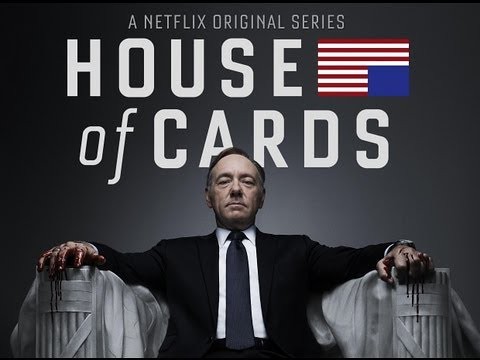
It’s amazing what such a small gesture will do towards maintaining customer loyalty.3
37. I swear when I write
I know it turns some people off. I’m sorry for that. I had a gentleman write me a rather condescending email not to long ago telling me how my judicious use of certain four-letter words makes it so my stuff is “unsharable.” At least within his social circles.
I can respect that, and I was apologetic to him. An egregious (or even strategically placed) f-bomb isn’t for everyone. However part of me wants to say:
“If my use of choice words somehow cancels out the bigger picture or message of what I’m saying, that’s on you not me. Grow up.”
Maybe I’m naive, I don’t know. I try not to go overboard with language, and do understand that it doesn’t always improve one’s writing. Maybe I do need to re-assess.
Anyone else have thought on this?
38. Hey, I have something planned for 2017
Another colleague of mine (Bryan Krahn) and I are planning on writing a training program/manual for the 35-40+ lifter. I feel it’s a demographic that’s underserved in the industry and does require a bit of TLC with regards to program design.
You want to get after it and train hard, but you’re also not 25 anymore.
I’d be curious how much interest there would be in doing a BETA or “guinea pig” group? Basically we’d be looking for people to give the program a try and to offer insights on what worked well, what didn’t, and how we can improve.
There would be a small fee involved and we’d ask for guys (and girls) who are relatively healthy to participate. I.e., no major injuries to work around. Interested? Good idea? Yes, no, maybe so?
39. Still one of the best quotes ever.
Courtesy of Eric Schoenberg:
“When you only throw with your arm then we’ll worry about “arm care” exercises.”
40. You’re the best
If you actually made it this far, you’ve earned yourself a gold sticker for today. I should get a gold sticker for coming up with this many things to write about – that was a lot harder than expected.



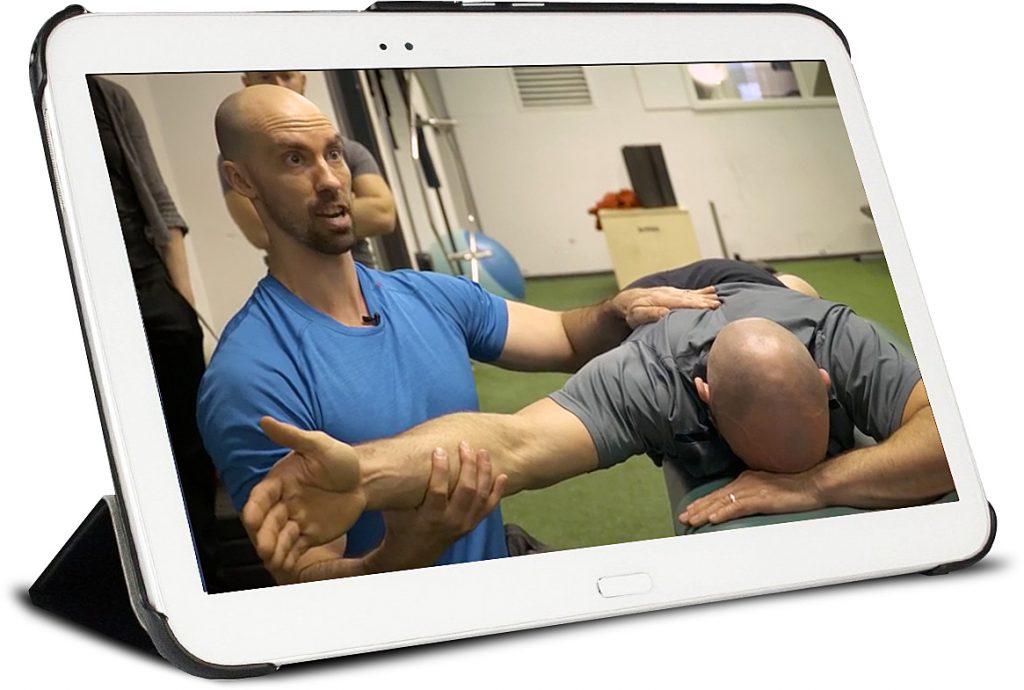



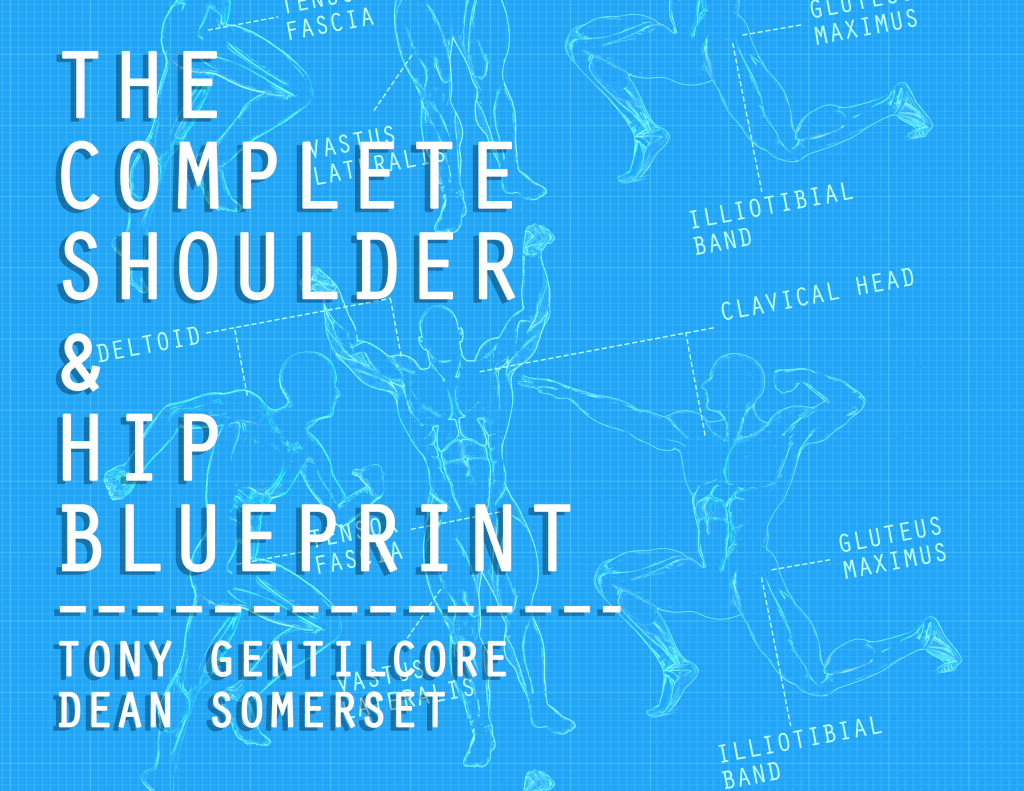
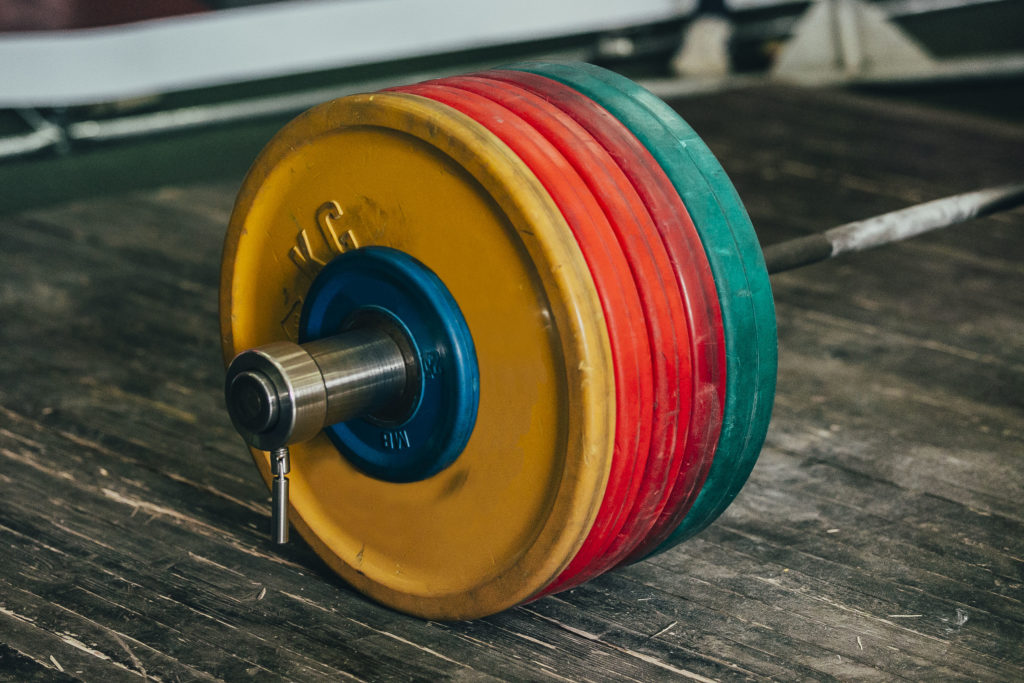
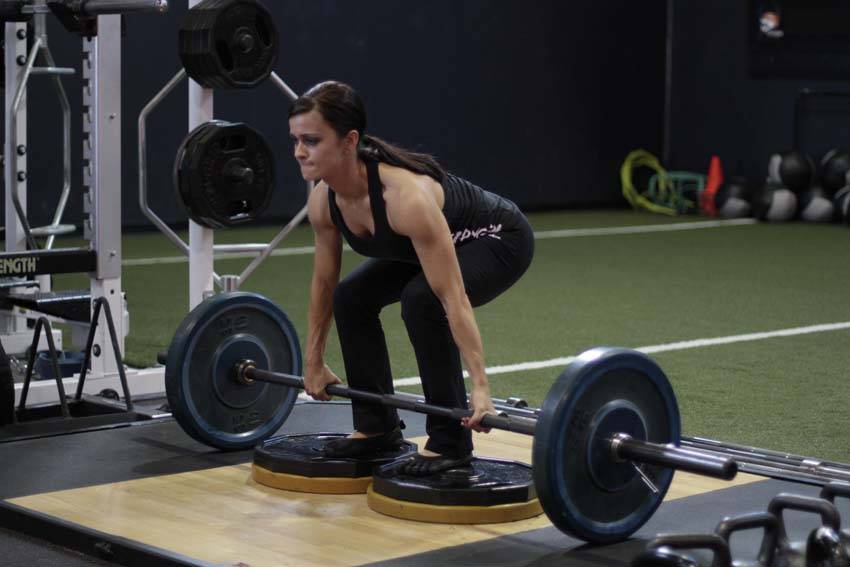
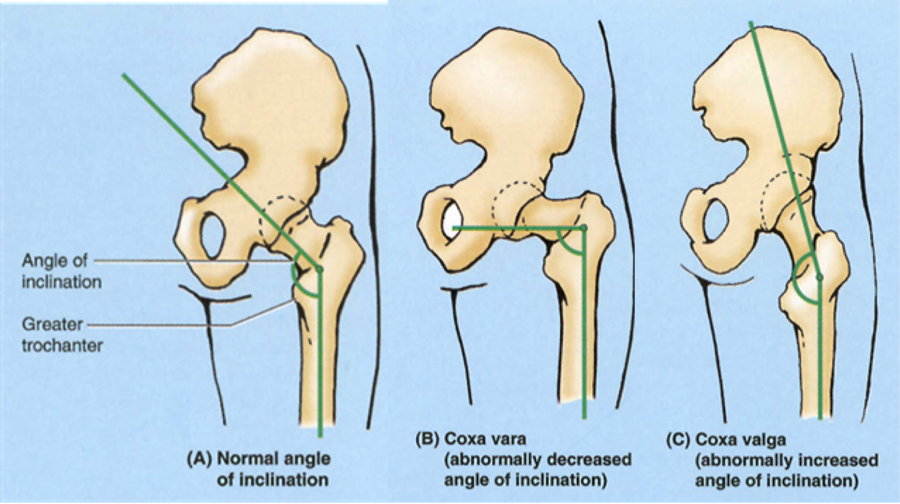

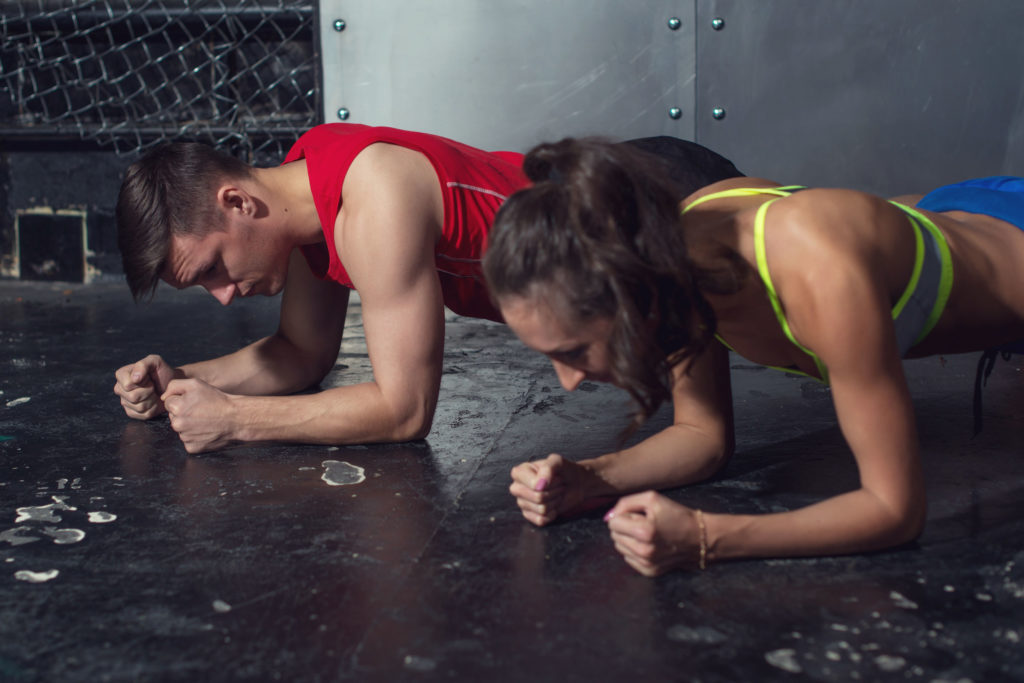






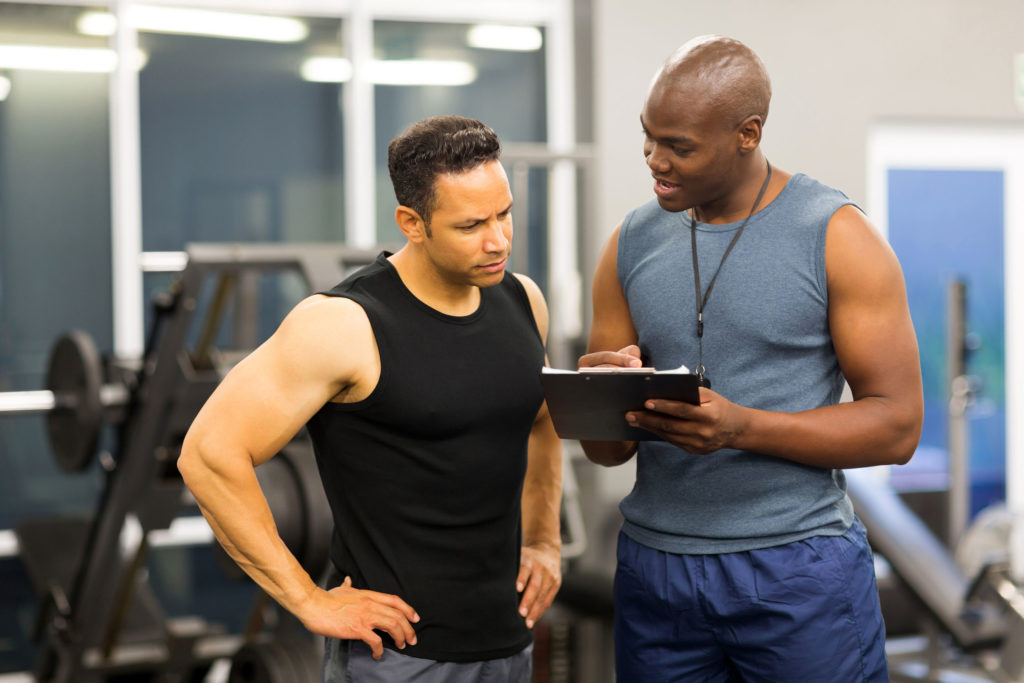


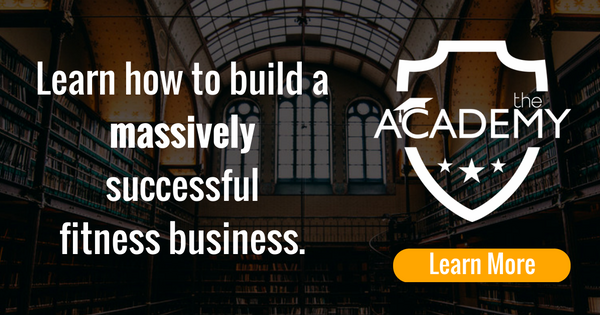
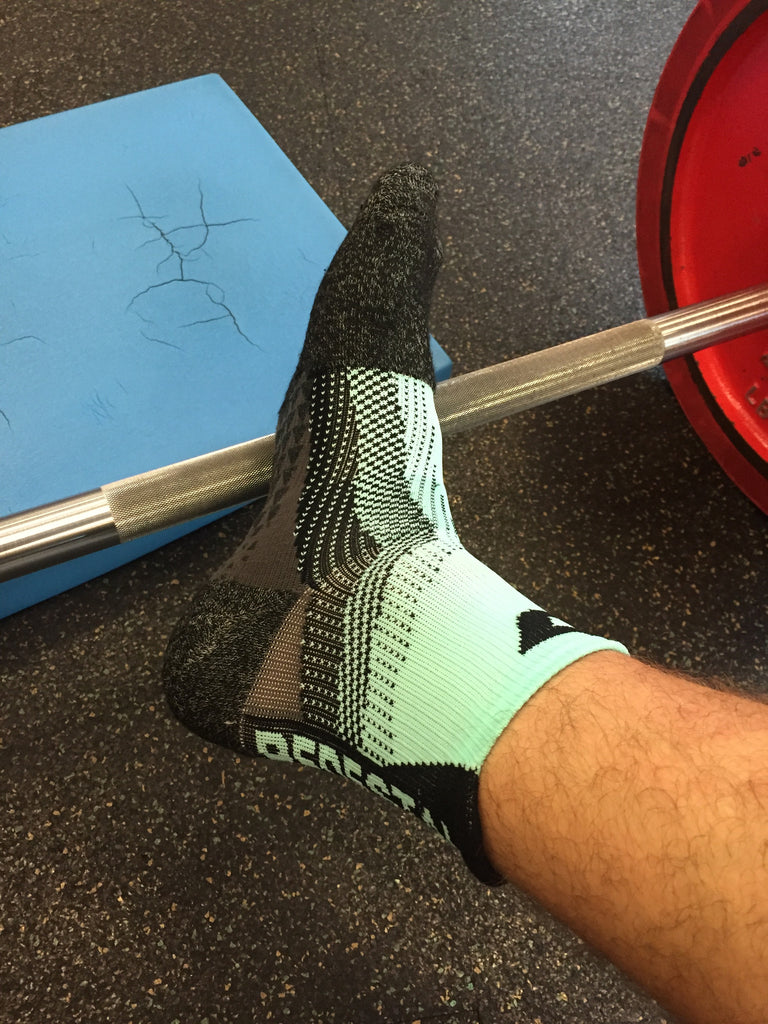
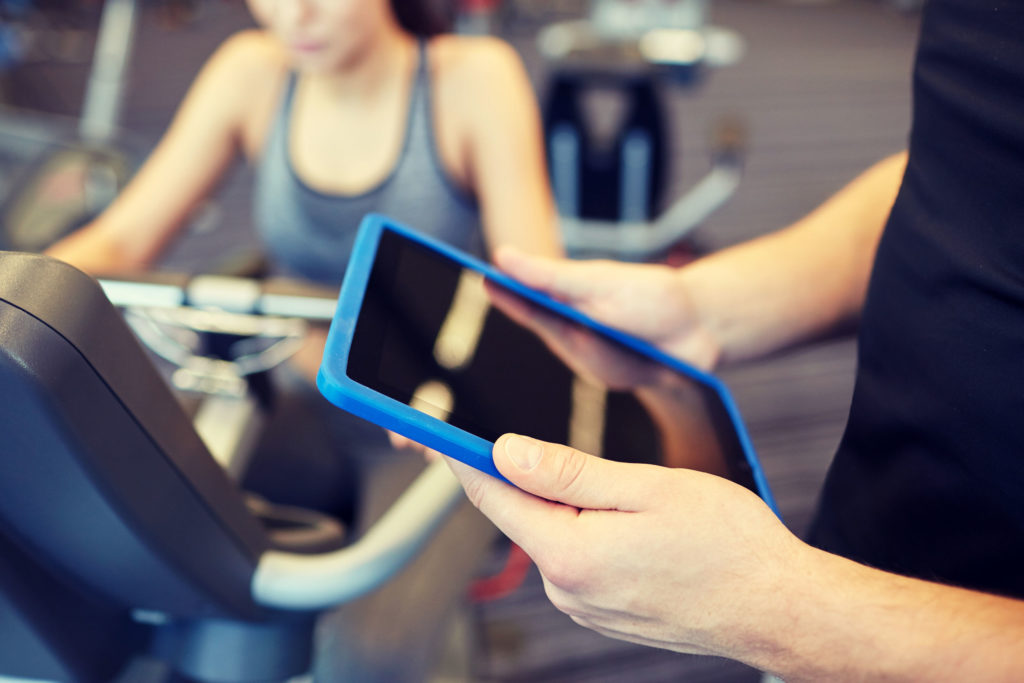
 wrong. I don’t condone being one of those trainers who is all about doing an exercise only because it looks cool and fun. The better you know your anatomy, physiology, biomechanics, and pain science, the more potential you’ll have to be a great coach.
wrong. I don’t condone being one of those trainers who is all about doing an exercise only because it looks cool and fun. The better you know your anatomy, physiology, biomechanics, and pain science, the more potential you’ll have to be a great coach.